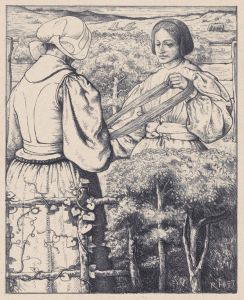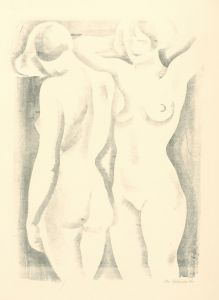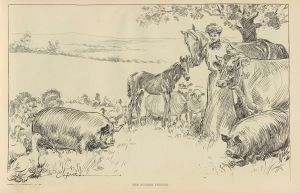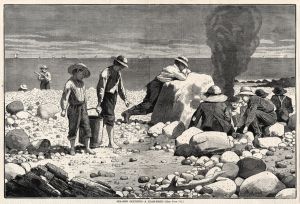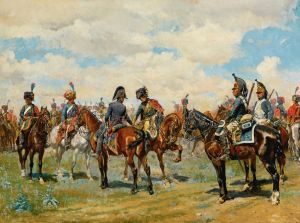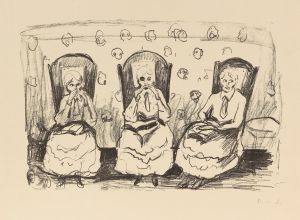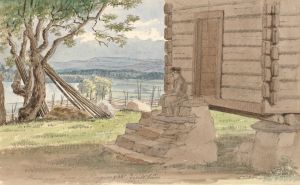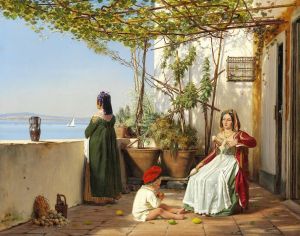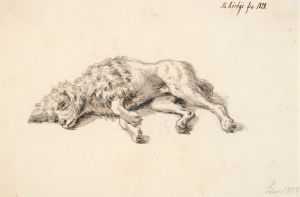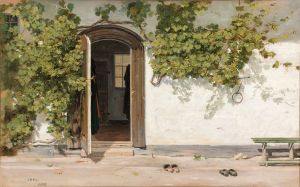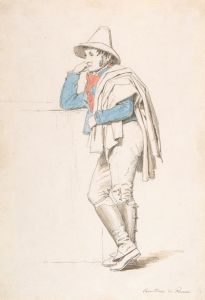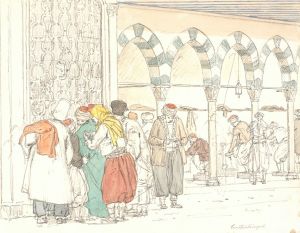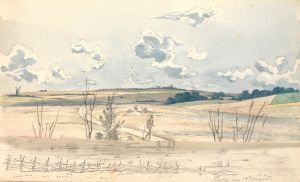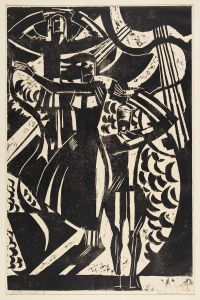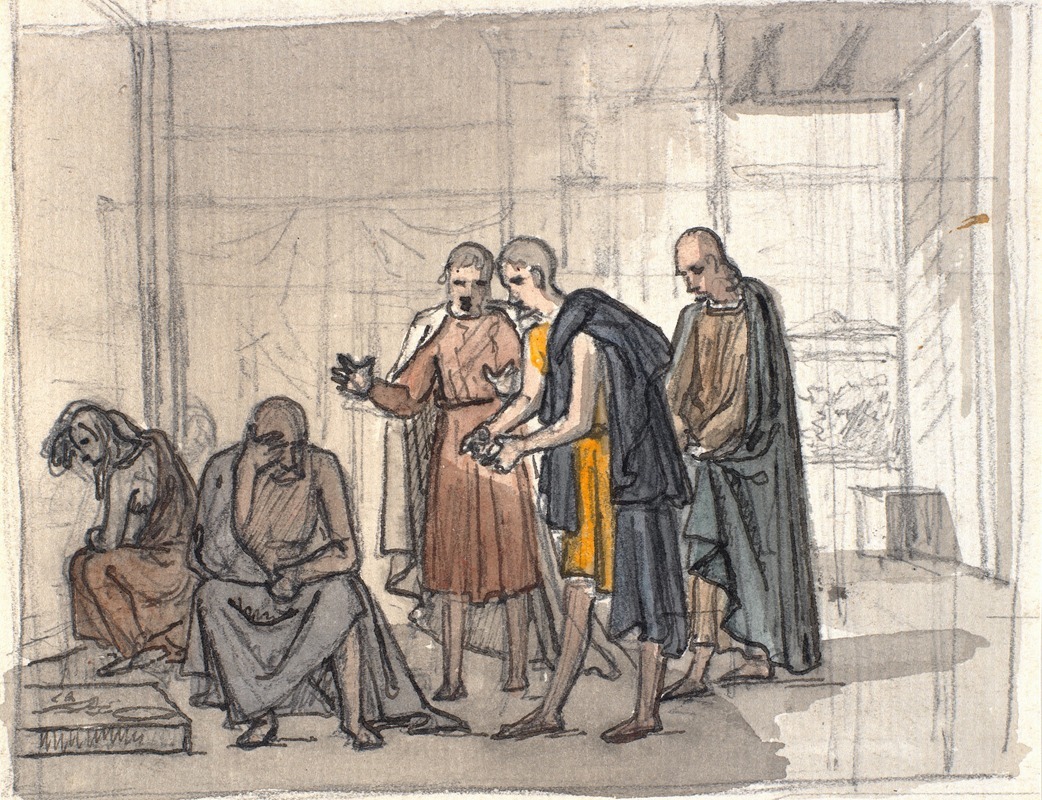
Job og hans venner
A hand-painted replica of Martinus Rørbye’s masterpiece Job og hans venner, meticulously crafted by professional artists to capture the true essence of the original. Each piece is created with museum-quality canvas and rare mineral pigments, carefully painted by experienced artists with delicate brushstrokes and rich, layered colors to perfectly recreate the texture of the original artwork. Unlike machine-printed reproductions, this hand-painted version brings the painting to life, infused with the artist’s emotions and skill in every stroke. Whether for personal collection or home decoration, it instantly elevates the artistic atmosphere of any space.
Martinus Rørbye was a prominent Danish painter associated with the Golden Age of Danish Painting, a period in the first half of the 19th century known for its distinctive style and focus on realism and detail. One of his notable works is "Job og hans venner" (translated as "Job and His Friends"), which reflects his interest in biblical themes and his skill in capturing human emotion and narrative through art.
"Job og hans venner" is a painting that draws inspiration from the biblical story of Job, a figure known for his patience and faithfulness amidst suffering. The Book of Job, found in the Old Testament, tells the story of a man who endures immense personal loss and physical affliction but remains steadfast in his faith. This narrative has been a rich source of inspiration for artists throughout history, and Rørbye's interpretation is a testament to his ability to convey complex emotional and spiritual themes.
Rørbye's painting likely depicts the moment when Job is visited by his three friends, Eliphaz, Bildad, and Zophar, who come to comfort him but eventually question his righteousness, suggesting that his suffering must be a punishment for sin. This scene is pivotal in the biblical narrative, as it explores themes of friendship, misunderstanding, and the human tendency to seek explanations for suffering.
In terms of composition, Rørbye's work is characterized by its attention to detail and the use of light and shadow to enhance the emotional impact of the scene. His ability to portray the expressions and body language of Job and his friends adds depth to the narrative, inviting viewers to engage with the psychological and emotional dimensions of the story. The painting reflects the influence of Rørbye's travels and studies, particularly his exposure to the works of other European masters, which helped him develop a style that was both personal and reflective of broader artistic trends of his time.
Rørbye's contribution to Danish art is significant, as he was part of a movement that sought to capture the essence of Danish culture and landscape while also engaging with universal themes. His works often feature a blend of realism and idealism, a characteristic of the Danish Golden Age, where artists aimed to depict the world with both accuracy and a sense of beauty and harmony.
"Job og hans venner" is an example of how Rørbye's art transcends mere representation, offering insights into the human condition and the enduring questions of faith, suffering, and the search for meaning. While specific details about the painting's creation, such as its exact date or current location, may not be widely documented, its thematic richness and artistic quality continue to resonate with audiences and art historians alike.
Overall, Martinus Rørbye's "Job og hans venner" stands as a significant work within his oeuvre, reflecting both his technical skill and his ability to engage with profound and timeless themes through the medium of painting.





